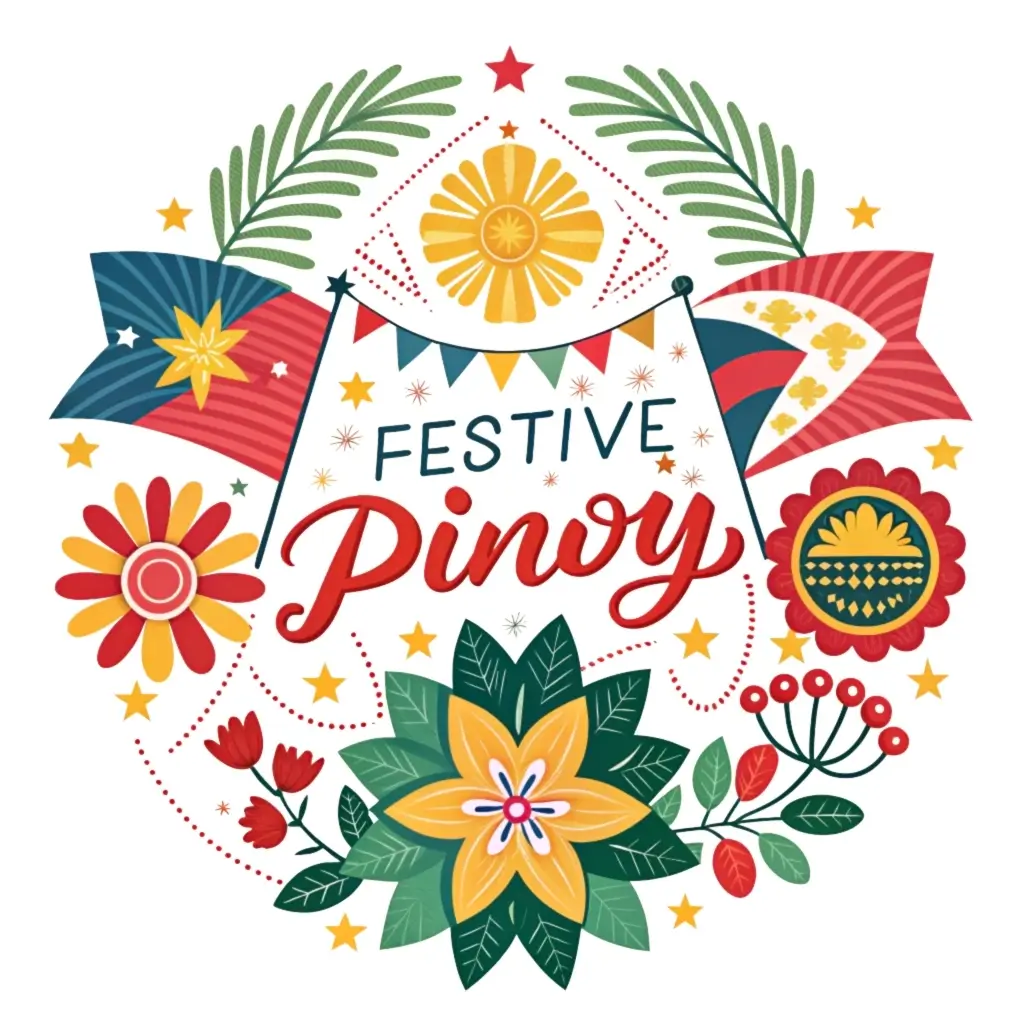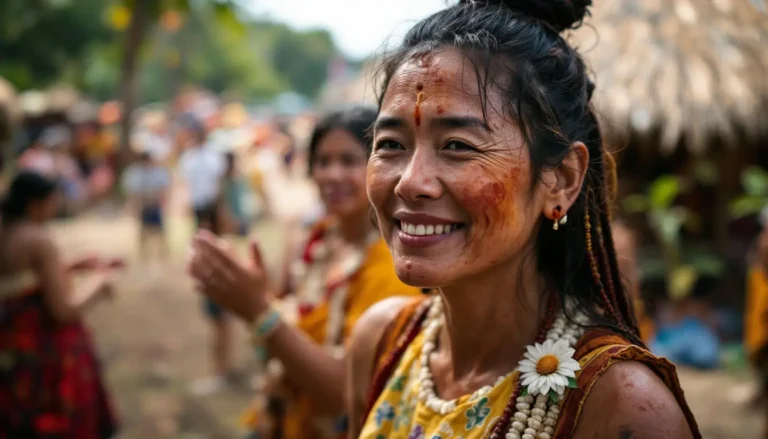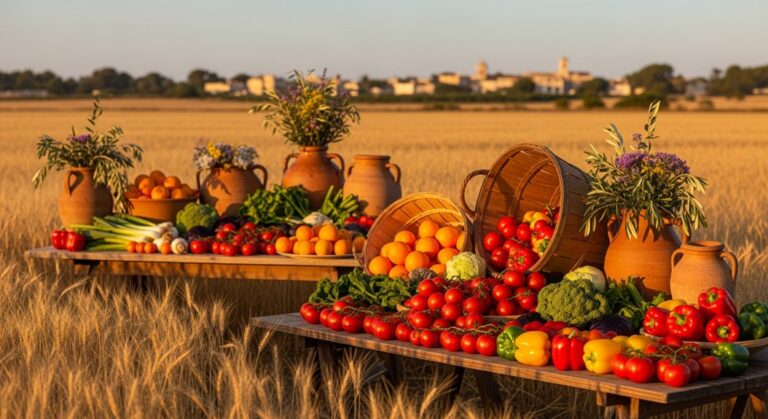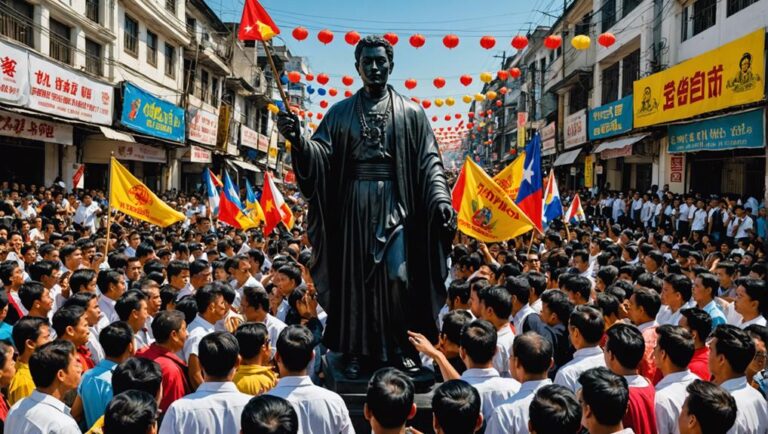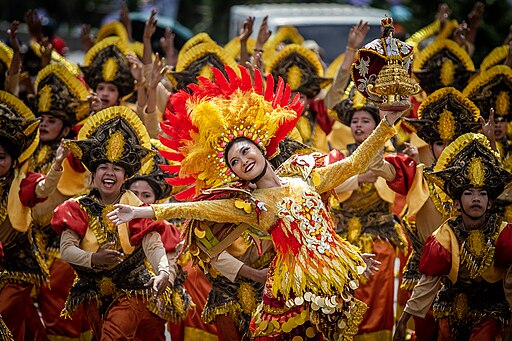Pgsalabuk Festival: Zamboanga’s Pgsalabuk Festival: Essential Guide
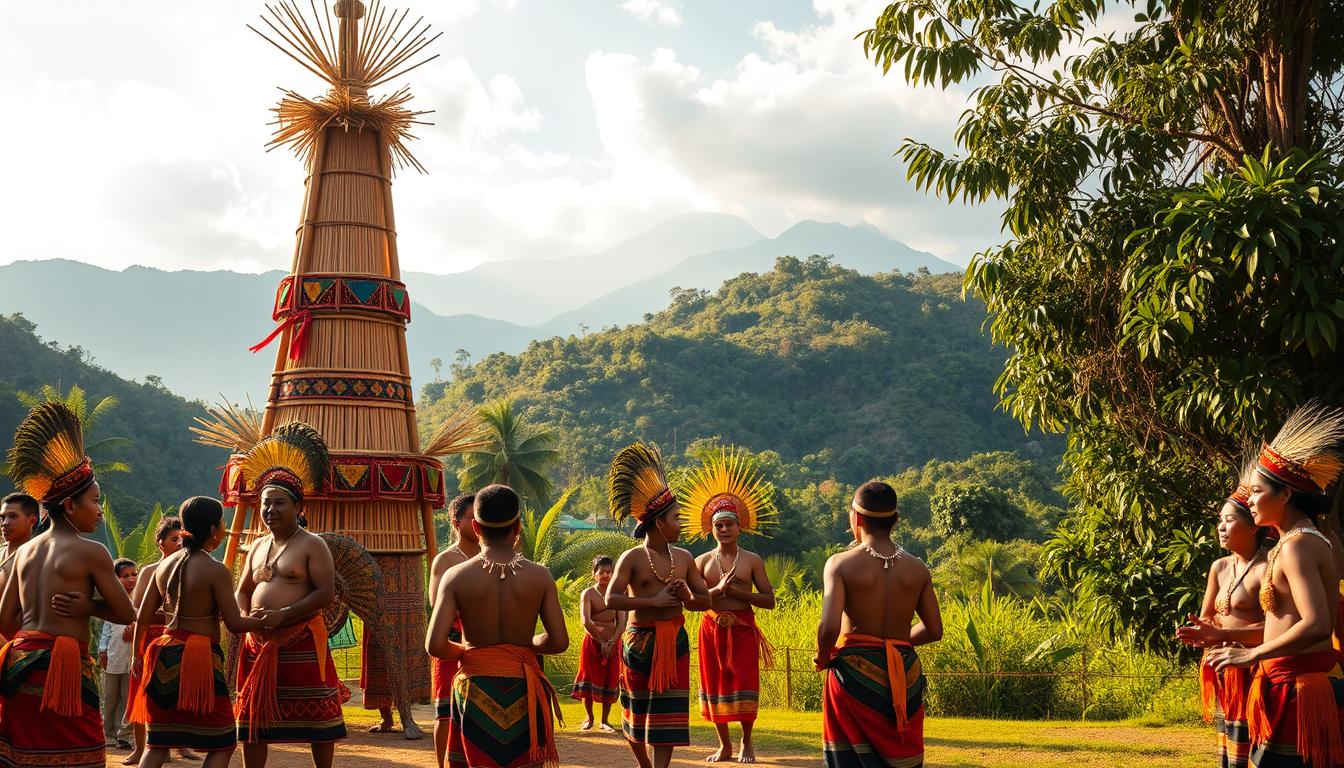
Every May 20, Dipolog City in Zamboanga del Norte comes alive with vibrant colors, music, and unity during its annual cultural celebration. This event, organized by the local government, honors both the region’s rich heritage and the feast of St. Vincent Ferrer. Its name, derived from the Subanon term for “togetherness,” reflects its core mission: bringing diverse communities together.
The gathering highlights the harmony between Muslim, Christian, and indigenous traditions. Through dances, rituals, and shared meals, attendees experience a unique blend of Spanish, Asian, and native influences. This fusion creates a lively atmosphere that attracts visitors from across the Philippines.
Local authorities play a key role in planning activities that showcase Dipolog’s identity. From street parades to religious processions, every detail emphasizes collaboration and pride. The date aligns with the feast day of St. Vincent Ferrer, adding spiritual significance to the festivities.
Key Takeaways
- Celebrated annually on May 20 in Dipolog City, Zamboanga del Norte
- Promotes unity among Muslim, Christian, and indigenous communities
- Name translates to “togetherness” in the Subanon language
- Combines cultural, religious, and historical elements
- Organized by the city government to highlight local heritage
- Features a mix of Spanish, Asian, and indigenous traditions
History and Cultural Significance of the Pgsalabuk Festival
The story of Dipolog’s unity celebration begins with its indigenous Subanon roots. For generations, the term “pagsalabuk” has symbolized collective effort – a concept now woven into the city’s identity.
Origins: Understanding the Meaning of “Pgsalabuk”
Derived from the Subanon language, “pagsalabuk” literally translates to “mixing together.” This philosophy emerged from ancient practices where different tribes shared resources during harvest seasons. Spanish missionaries later incorporated these values into religious observances honoring St. Vincent Ferrer.
Cultural Integration and the Legacy of Unity
Three key elements shaped the event’s evolution:
| Era | Influence | Modern Manifestation |
|---|---|---|
| Pre-colonial | Subanon communal rituals | Shared meals using traditional cookware |
| Spanish | St. Vincent Ferrer devotion | Candle-lit processions every May 20 |
| Modern | Interfaith dialogue | Joint Muslim-Christian dance performances |
Local historian Dr. Alicia Torres notes:
“The feast day became a bridge – connecting Spanish Catholic traditions with native reconciliation practices.”
Today’s celebrations maintain this balance. While event durations expanded from single-day observances to month-long activities, the core focus on mutual respect remains unchanged. Religious processions still follow routes established in the 1800s, now joined by newer elements like interfaith art exhibits.
Festival Traditions and Exciting Activities in Dipolog City
Dipolog City transforms into a stage of shared joy each May, where centuries-old customs meet modern entertainment. Locals and visitors alike find themselves swept into a whirlwind of activities that honor both spiritual roots and community spirit.
Devotion to St. Vincent Ferrer and Religious Processions
Morning sunlight glints off golden carrozas during the St. Vincent Ferrer procession. Hundreds join the candlelit march along Rizal Avenue, singing hymns in Cebuano and Spanish. This centuries-old tradition blends Catholic devotion with indigenous offerings of rice and flowers.
Vibrant Street Dancing and Cultural Showcases
Bamboo poles clack rhythmically as dancers in malong skirts recreate tribal harvest rituals. Competing groups fuse Muslim geometric patterns with Spanish-era footwork. The energy peaks during the Dahunog sa Dipolog drum festival, where thunderous beats echo across the city.
| Performance Group | Cultural Influence | Signature Element |
|---|---|---|
| Subanon Heritage Dancers | Indigenous Mindanao | Handwoven abaca costumes |
| Dipolog Sinulog Collective | Spanish-Cebuano fusion | Painted wooden shields |
| Zamboanga Drum Corps | Modern Filipino | LED-lit percussion |
Sports, Competitions, and Community Celebrations
Daylight hours buzz with community competitions. Basketball tournaments draw roaring crowds, while cooking contests showcase local specialties like kuruko crab dishes. The P’gsalabuk Festival Queen pageant crowns ambassadors of cultural pride through traditional costume displays.
As Mayor Darel Dexter Uy notes:
“Our games and stage events aren’t just entertainment – they’re living classrooms of Zamboanga del Norte’s story.”
Evening concerts under starry skies complete the experience, uniting generations through music and dance.
Planning Your Visit to Dipolog City
May offers the perfect window to experience Dipolog City’s cultural heartbeat. While the main feast occurs on May 20, extended celebrations let visitors enjoy local traditions from late April through early July.
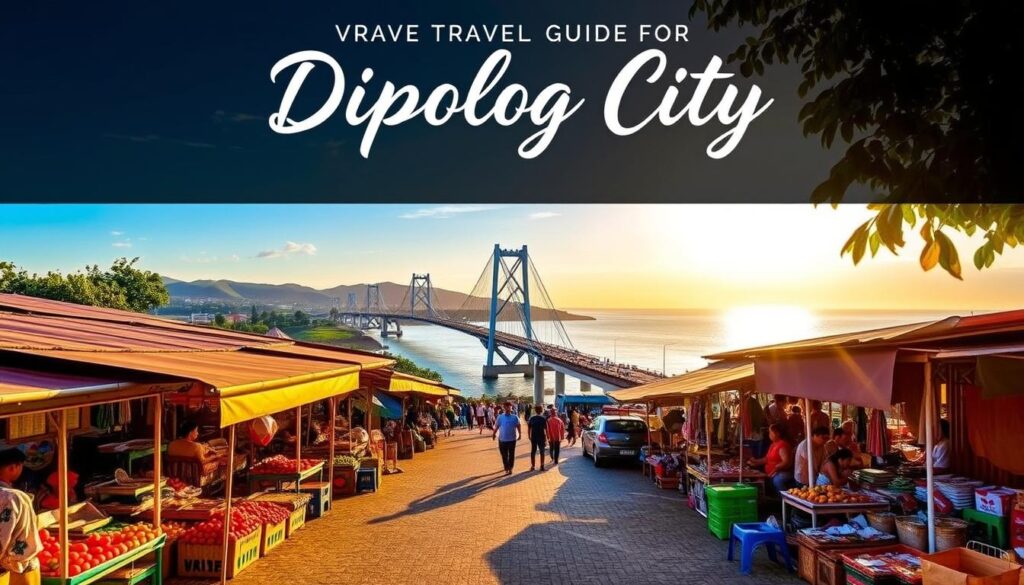
Travel Tips: How to Reach Dipolog City
Book direct 90-minute flights from Manila to Dipolog Airport. The city government partners with carriers for seasonal discounts – check their official website three months before your trip.
Top-rated C&L Sea View Hotel sits 15 minutes from festival venues. Local tricycles cost ₱20-50 per ride, but walkable streets make exploring easy.
| Transport Type | Best For | Cost Range |
|---|---|---|
| Tricycle | Short distances | ₱20-50 |
| Jeepney | Market routes | ₱12-25 |
| Rental Van | Group tours | ₱1,500/day |
Navigating Festival Dates and Local Events
Mark these key dates:
- April 25: Cityhood anniversary parade
- May 20: St. Vincent Ferrer procession
- July 1-7: Artisan markets
Grab free event maps at the city hall. Don’t miss the kuruko crab cook-off near Rizal Park every Saturday afternoon. Pack light cotton clothes – May temperatures hit 32°C (90°F).
Respect local customs during religious activities. As tourism officer Lorna Cruz advises:
“Arrive 30 minutes early for processions – the streets fill quickly with devotees.”
Conclusion
Dipolog City’s P’gsalabuk Festival stands as a powerful testament to cultural harmony. Blending devotion to St. Vincent Ferrer with indigenous traditions, this celebration transforms Zamboanga del Norte into a living showcase of unity. From solemn processions to the thunderous beats of Dahunog Dipolog drums, every activity reinforces connections between diverse people.
Travelers discover more than just events – they experience a city’s heartbeat. Street dancers in vibrant costumes share stories through movement, while sports competitions highlight local camaraderie. Practical tips like booking early flights and exploring markets ensure smooth visits to these dynamic gatherings.
This annual gathering invites everyone to witness how shared heritage strengthens modern identity. Whether tasting Montano sardines or joining candlelit marches, visitors leave with lasting memories of Dipolog’s spirited embrace. Come May, the call to celebrate togetherness resonates louder than ever – an experience no cultural enthusiast should miss.
